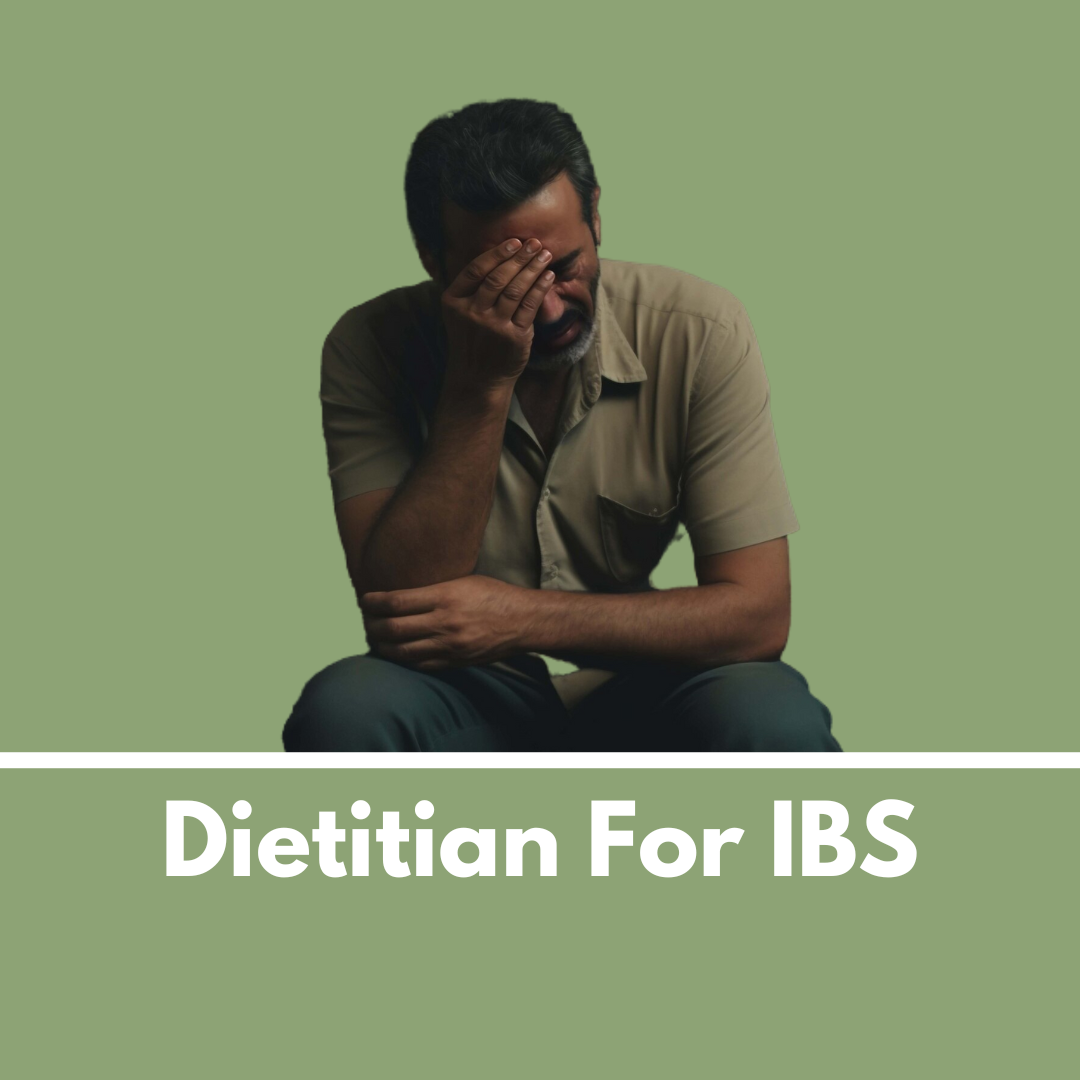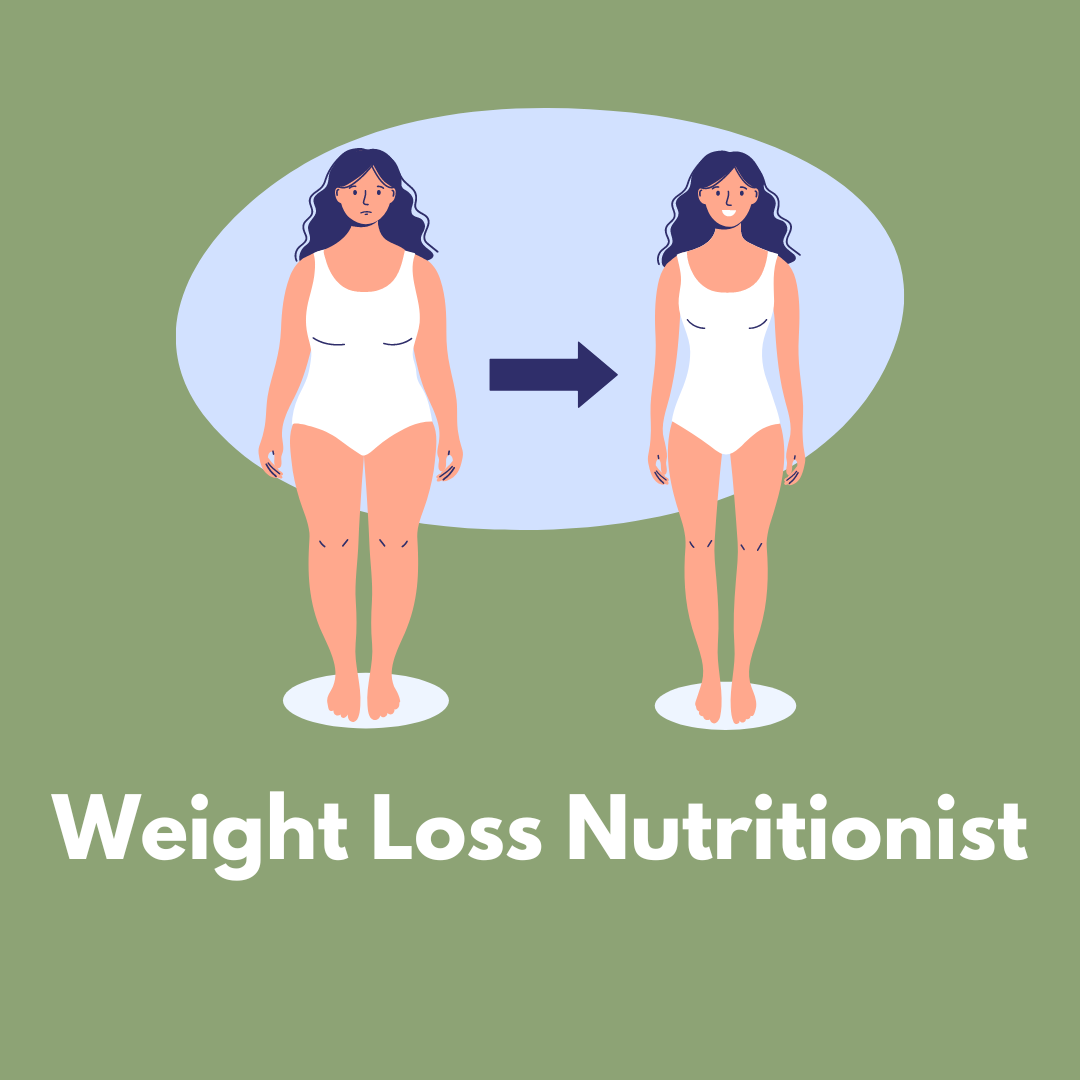“Smoking is injurious to health.” Sounds familiar, isn’t it. Yes, you can find this caution everywhere. Active/chain-smoking invites a lot of health problems and chronic diseases like cancer. Not only active smokers but passive smokers also get affected by these problems. Second-hand smoking refers to the fumes/ smoke emitted when smokers use:
- Cigarettes
- Pipes
- Cigars
- Other tobacco products
Smoking in any form causes serious health effects while direct smoking is worse.
Other names for second-hand smoke are:
- Environmental smoke
- Involuntary smoke
- Side-stream smoke
- Passive smoke
As per WHO reports, over 4000 chemicals are found in tobacco smoke in which 50 are cancerous and over 250 are harmful in other ways.
When tested medically, fluids such as blood and urine prove positive in the nicotine test. Cordially, longer exposure to second-hand smoking can be injurious. Places like bars, restaurants, workplaces and recreational areas are home to secondhand smoking. As people are now well aware of the harmful effects of smoking, the overall smoking rate is gradually decreasing.
According to the stats by the Centers for Disease Control and Prevention (CDC), 58 million American nonsmokers are exposed to second-hand smoking. Other reports by WHO estimates 890,000 premature deaths per year due to second-hand smoke which can affect both adults and children exposed to passive smoking. The only way to eliminate this risk is a step towards a tobacco-free environment.
Effects on adults
Adults are affected by passive smoking as people around them might smoke or one might be passing/working in a crowded area.
Second-hand smoke can cause various harmful effects in adults. They are:
- Cardiovascular diseases
- Non-smokers exposed to passive smoking have approx. 30 per cent greater risk of heart disease. It can also give rise to high blood pressure.
- Respiratory diseases
- Due to smoke exposure, chances of respiratory illness like asthma can develop. Situation can become worse if a person already affected with asthma is in continuous exposure to smoke. Chronic disease like lung cancer might also develop.
- Other cancers
- These include diseases like breast cancer, leukemia, and lymphoma. Possibility of sinus cavity cancer can also arise.
Effects on children
While adults develop health issues due to second-hand smoke, children are more vulnerable to get affected as their body and organs are already in development stages. Reports say that children are more likely to get affected by tobacco smoke as they have no say in such a situation.
Health consequences in children due to passive smoking include:
- Lung health effects
- Delayed lung development and asthma are major-related issues.
- Respiratory infections
- Continuous exposure to smoke infections and diseases like pneumonia and bronchitis.
- Ear infections
- These can occur in the middle ear and are frequent in nature.
- Brain tumors
- Not very frequent but the possibility of a brain tumor is also possible later in life.
WHO report states that in all the reported secondhand smoke-related deaths, 28 per cent of them are children.
Conclusion:
From the above article, we have discussed the numerous adverse health effects of second-hand smoke. Seeing the condition worsened, many states have enacted laws prohibiting smoke in public places such as hospitals, stations, etc.
Despite the enacted laws, the only way to get rid of second-hand smoking is to ban tobacco smoke as the smoke evolved can travel anywhere from rooms in apartments to neighbouring houses or the last way left to get rid of it is to evacuate the place. Suggested report says that secondhand smoke exposure is primarily witnessed in homes and job sites where it is nearly impossible to avoid second-hand smoke. So, the best and the foolproof way to protect nonsmokers from secondhand smoke is to quit smoking.


